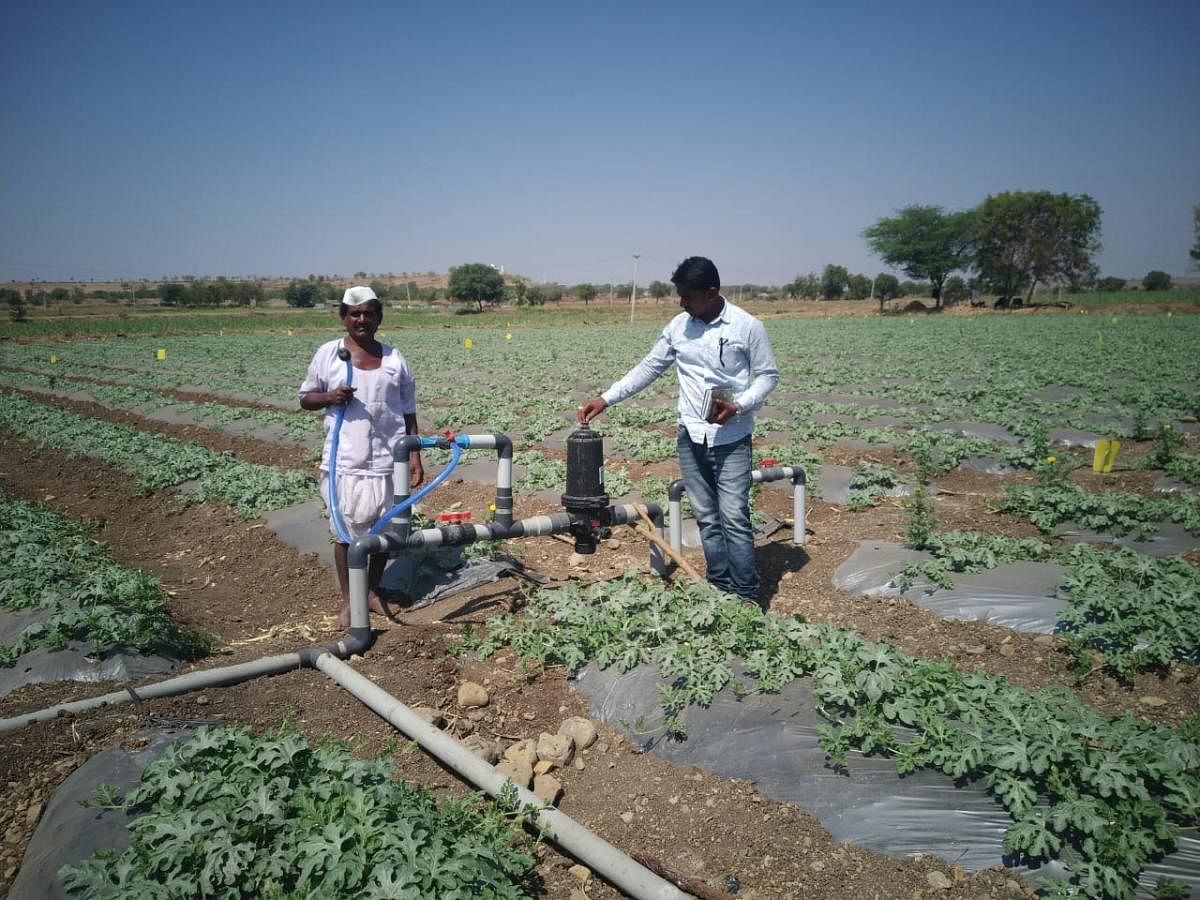
Water has high political salience as a subject in India. The country has made steady progress in access to drinking water since the National Drinking Water Mission was launched in 1986. The Jal Jeevan Mission (JJM) launched in 2019 furthers this progress by aiming to provide functional tap connections to every house.
This does not mean that safe affordable access has been achieved. The biggest threat is over-abstraction of groundwater and deteriorating quality — resulting in source failure.
Many of our policies are great on paper, but they face bottlenecks in planning and implementation.
First, the supply of drinking water relies on a common pool resource, which is tapped simultaneously by competing users. Irrigation and industry users, in particular, rely on the same resource but are regulated by different ministries. Convergence remains a problem.
Second, water resource decline imposes steep costs that make water unaffordable for some. Declining groundwater means higher costs of drilling new wells to chase the water table and huge electric pumping costs. As water sources decline, often water quality declines too, so many communities are forced to invest in expensive RO (reverse osmosis) systems.
Third, water use results in the generation of wastewater, which if not properly treated, results in contamination of the local water bodies again, increasing dependence on groundwater and imported piped water schemes.
Finally, climate change poses a looming threat due to prolonged floods and droughts, which require improved harvesting of rainwater and careful control over demand, so aquifers remain in balance and can act as a buffer in dry years.
There are no silver-bullet solutions. These problems are much harder to solve. Solving them is not a matter of building pipes or handpumps, but involves investing in institutions and better governance.
This will take time, money, and patience in collecting data, building planning capacity, addressing convergence, and getting users to change behaviour.
Small decentralised ‘single village‘ borewell-based schemes, operated by the gram panchayats have the advantage of local control over their water supply. But in villages where groundwater is in decline and water quality is poor, there is often not much that can be done.
Big centralised multi-village schemes are preferred by departments and are being promoted by JJM. These are typically surface water schemes intended to address the issue of local groundwater source unsustainability. The problem is they are frequently ‘contractor-led’ mega-engineering schemes that lack the institutional structures and technical know-how. Many past schemes have failed. Once a village stops investing in its own borewells, they have less control and can become more vulnerable.
A third approach has been attempted in some states like Tamil Nadu that involves some combination of local groundwater and imported surface water. The gram panchayat pays the state bulk supplier for water and so uses it responsibly. They also augment supply from local sources and thus have the incentive to also maintain these.
(The author is Director CSEI-ATREE.)